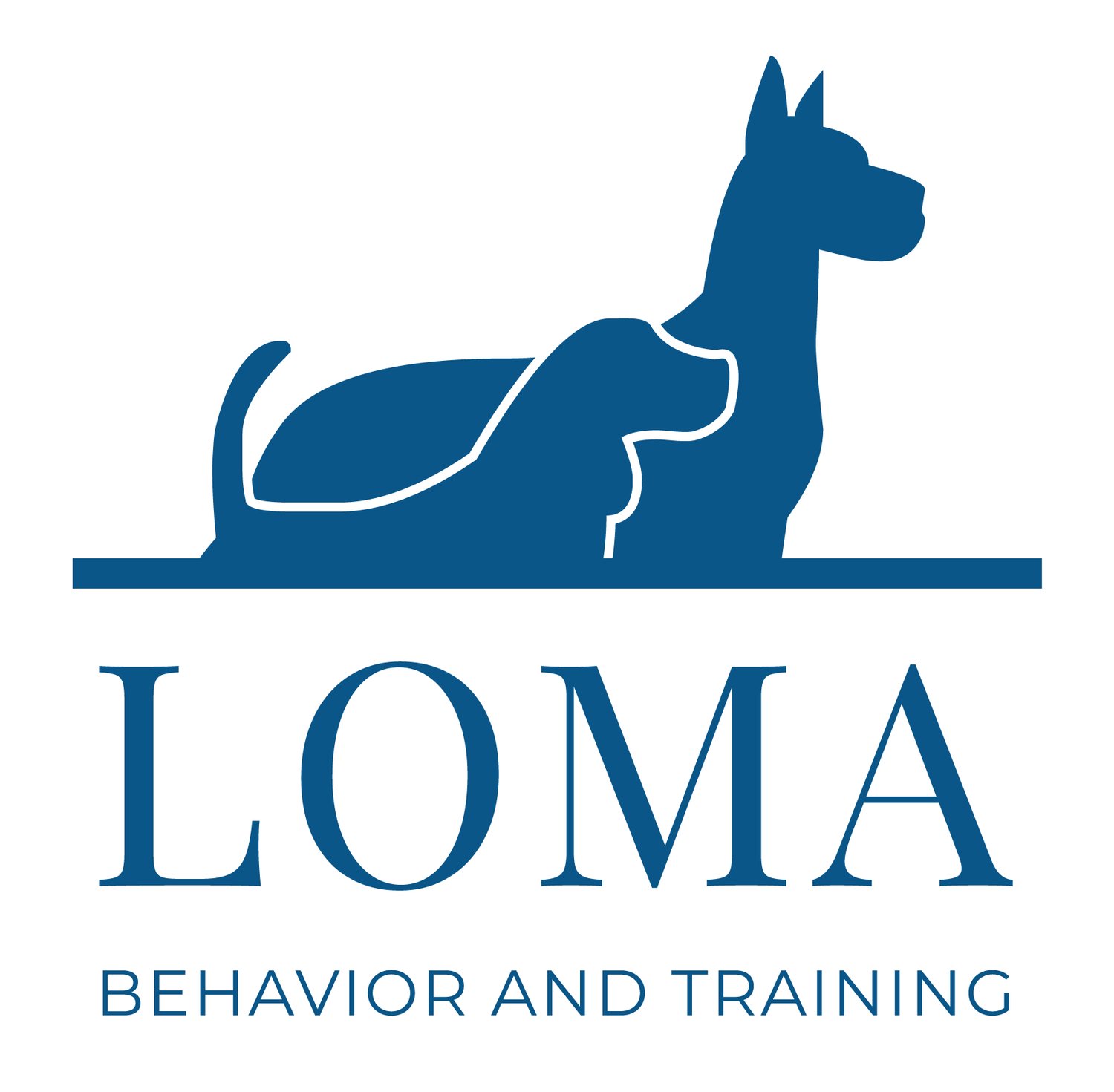Why does my dog hate my husband?
The client was very distressed. She said they had their dog, Dawn for close to three years and that the Dawn has hated her husband for almost that entire time. She described Dawn as growling as soon as her husband pulled into the garage, and then Dawn would bark at the husband when he entered the house. After a few minutes, Dawn would finally slink off into a bedroom and avoid her husband. The clients were at their wits end and not sure they could continue living with a dog who seemed to hate the husband.
My first thoughts
I always start by wondering what kind of life a dog had during the critical socialization period (before 16 weeks). Appropriate socialization during this time helps dogs become resilient and confident adults. Did this dog have any positive experiences with men during that time? My first question was to learn about this dog’s early life.
I wondered what they already tried to build a relationship between the husband and Dawn. Did the husband feed her? take her on walks? train her using fear free methods?
I also wanted to explore if there could have been any accidental association of fearfulness with the husband. It’s easy for dogs to form accidental associations between two events. For example, I once had a male client who swatted at a fly with a rolled up magazine and their dog happened to be looking at him when he did this. At the sound of the swat, the dog’s ears went back and tail went down and then the dog left the room and went outside. That dog then stayed outside for the rest of the day and continued to avoid my client for several weeks. This was all due to the accidental association the dog made that his owner makes loud frightening noises for no reason. I needed to check out if a similar experience happened in my new client’s life.
I learned from my new client they had very little history about Dawn other than she appeared to come from a difficult environment. They adopted her at about six months of age from a local animal shelter. She was emaciated and had a tick disease so she needed medical care when they first adopted her. There was certainly the possibility she did not have a lot of exposure or pleasant positive exposure to men in her life.
They also shared that they had attempted to build a bond between her and the husband by enrolling Dawn in a training class. That is typically a great idea. Taking a dog to a training class that relies on reward based training so the dog has a great time learning can build a wonderful bond between dog and handler. Unfortunately they enrolled Dawn in a training class that used outdated punitive methods of training. The husband was instructed to pull forcefully on the leash and collar anytime Dawn wanted to explore on a walk, or anytime she appeared confused about what she was asked to do. One research study found that dogs trained with punitive methods like this showed more fearful body language when their handlers were present (See below for resources). The unfortunate fallout of using punitive methods is a dog who associates those unpleasant experiences with their owners or handlers.
Once I explained my summary of the problem the clients were on board to try and minimize any further punishment of Dawn by the husband. Instead they focused on building positive associations to the husband. First they brought her general anxiety down by using a collar infused with Dog Appeasing Pheromone. This type of collar is shown to reduce anxiety for some dogs. Then the wife started to give Dawn treats every time the husband came home. The goal was to turn Dawn’s expectation into a positive one when the husband arrived home. We wanted Dawn to think “dad’s home” = “I get chicken.” We also reviewed common body language that makes anxious dogs feel threatened, like petting them on the head and looking directly in the eyes. The husband began to pet Dawn under her chin and waited for Dawn to come to him and solicit attention. Dawn soon had her head in his lap and was enjoying a chin scratch and a snack and was well on her way to enjoying her time around her “dad.”
Quick tips if you have a fearful dog:
Avoid forcing a dog to interact with someone if she’s clearly showing signs of fearfulness. This rarely helps the dog overcome her fear. Instead, give her time to build up her confidence and use non-threatening body language to encourage interaction. See Handout
Do thorough research when choosing a dog training class. Check out our free resources on how to find out if the trainer is staying up to date on current training knowledge and methods.
Never use punitive training methods (yelling, leash “popping”, prong collar, e-collar) with a fearful dog. Although these methods can work in some instances, modern trainers have much better methods that will not accidentally cause a dog to become fearful of their owner.
Resources:
Horwitz, D. F., & Ciribassi, J. with Steve Dale (Eds.). (2014). Decoding your dog. The ultimate experts explain common dog behaviors and reveal how to prevent or change unwanted ones. American College of Veterinary Behaviorists.
Ziv, Gal. (2017). The effects of using aversive training methods in dogs - A Review. Journal of Veterinary Behavior, Vol. 19 (May-June), 50-60.



